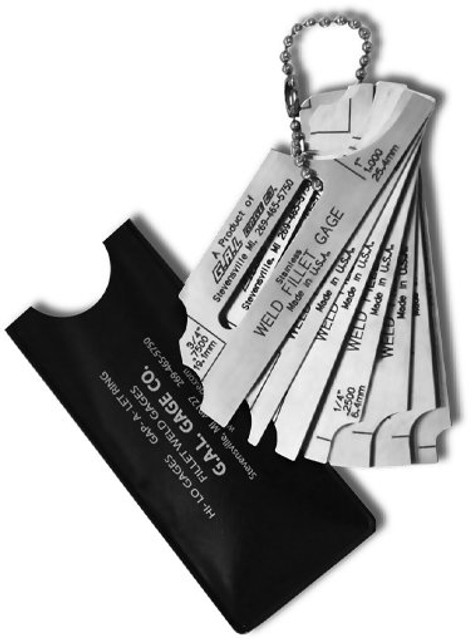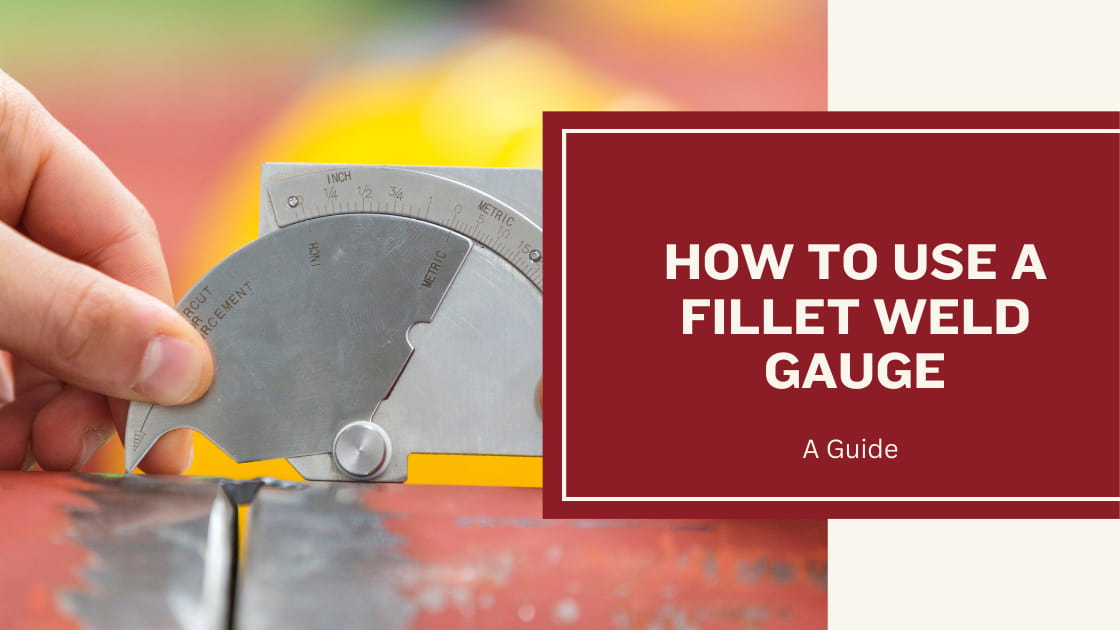Gauge Fillet Weld Fundamentals: Best Practices and Common Mistakes
Gauge Fillet Weld Fundamentals: Best Practices and Common Mistakes
Blog Article
Discovering the Benefits of Fillet Welding in Fabrication: Economical Solutions for Diverse Industries
In the world of construction, the usage of fillet welding offers a compelling proposition for industries looking for economical solutions without compromising structural stability. The benefits of fillet welding extend past plain financial cost savings to encompass boosted architectural efficiency, versatility throughout diverse commercial applications, and the guarantee of premium toughness and longevity. As we browse via the functional advantages that fillet welding deals, a deeper understanding arises of just how this welding method can reinvent manufacture procedures across different fields.

Cost-efficient Service for Construction
Fillet welding acts as a cost-efficient service in manufacture processes, supplying both performance and toughness. This welding strategy entails joining two items of metal at an angle, developing a triangular cross-section. The simplicity of fillet welding makes it a popular selection in various markets, including construction, automobile, and production.
Among the crucial advantages of fillet welding is its ability to reduce product and labor expenses. By utilizing fillet welds instead of various other complex joint designs, producers can conserve money on materials and production time. Additionally, fillet welding requires marginal prep work contrasted to other welding methods, additionally decreasing manufacture expenses.
In addition, fillet welds supply outstanding architectural stamina, making certain the durability and toughness of the produced parts. The triangular shape of the weld distributes tension much more uniformly, reducing the chance of joint failure (Gauge Fillet Weld). This architectural stability not just enhances the overall top quality of the completed item but likewise lowers repair and maintenance expenses in the future
Improved Structural Effectiveness With Fillet Welding
Enhancing structural performance through the application of fillet welding strategies is a critical facet of ensuring optimum performance and durability in produced structures. Fillet welding plays a key function in enhancing structural effectiveness by properly distributing loads and stress and anxieties throughout the bonded joints. By producing a smooth shift between the linked elements, fillet welds help to enhance the overall stamina and stability of the framework.
One of the significant benefits of fillet welding in enhancing architectural efficiency is its capability to join products of differing thicknesses. This flexibility allows for the building of light-weight frameworks without jeopardizing on stamina. Furthermore, the smooth profile of fillet welds reduces stress and anxiety concentrations, which can aid prevent early failure of the welded joints.
Moreover, fillet welding enables the construction of complex geometries effortlessly, providing developers with even more freedom in producing reliable and cutting-edge frameworks. By optimizing the style and placement of fillet welds, designers can maximize the structural effectiveness of made components, inevitably leading to set you back savings and boosted performance in diverse markets.
Convenience in Diverse Market Applications
With its capacity to accommodate a large range of material thicknesses and geometric intricacies, fillet welding stands as a versatile fabrication method that discovers applications across diverse industries. One vital area where fillet welding stands out is in the manufacturing industry, where it is used in the manufacturing of heavy equipment, devices, and architectural elements. The auto industry likewise takes advantage of fillet welding, using it in the assembly of automobile frameworks, framework, and other critical structures. In the construction area, fillet welding plays a vital duty in signing up with steel light beams, columns, and other architectural components. In addition, the aerospace market depends on fillet welding for the construction of airplane elements, making certain strength and toughness in essential parts. In addition, the oil and gas industry makes use of fillet welding in the construction of pipelines, platforms, and tank, where the durable welds offer stability and durability to these frameworks. Overall, the flexibility of fillet welding makes it an essential process in various markets, providing economical services for complicated fabrication demands.

Superior Stamina and Toughness
When thinking about welding strategies for making frameworks that call for exceptional strength and durability, the emphasis changes towards techniques that can regularly deliver premium toughness and longevity. Fillet welding plays a crucial duty in attaining these characteristics due to its capability to give significant strength by dispersing tons equally across the bonded joint. This welding method produces a triangular cross-section that improves the weld's resistance to different kinds of anxiety, consisting of stress, compression, and shear forces. Therefore, structures fabricated making use of fillet welds display raised longevity and can stand up to considerable mechanical pressures without compromising their integrity - Gauge Fillet Weld.
The exceptional toughness and durability used by fillet welding make it an optimal choice for applications in industries such as building and construction, automobile, aerospace, and manufacturing, where structural honesty is critical. By utilizing fillet welds in construction, suppliers and designers can guarantee that their items satisfy rigid top quality and safety and security requirements while maximizing cost-effectiveness and production efficiency. Basically, the extraordinary resilience and long life supplied by fillet welding make it a preferred welding technique for producing view website durable and durable frameworks throughout diverse markets.
Practical Benefits of Fillet Welding
Provided the demonstrated remarkable toughness and resilience in welded joints, the useful benefits of fillet welding prolong past architectural integrity to incorporate efficiency and cost-effectiveness in manufacture procedures. In addition, fillet welding enables for boosted performance due to its adaptability in signing up with different kinds of densities, forms, and products. Overall, the useful advantages of fillet welding make it an important choice for companies seeking cost-effective and reliable options in manufacture.
Final Thought
To conclude, fillet welding supplies an affordable service for fabrication, giving improved structural effectiveness, adaptability in varied industry applications, exceptional strength, and toughness. The practical benefits of fillet welding make it a recommended choice for numerous construction tasks across various other fields. Its capacity to successfully sign up with materials while keeping architectural stability makes it a beneficial technique for ensuring top quality and trusted lead to welding applications.

Furthermore, fillet welding calls for marginal preparation compared to other welding methods, better lowering construction prices.

Offered the demonstrated remarkable toughness and toughness in welded joints, the functional benefits of fillet welding prolong past structural stability to encompass efficiency and cost-effectiveness in fabrication procedures - Gauge Fillet Weld.In verdict, fillet welding offers a cost-efficient service for fabrication, offering boosted structural efficiency, versatility in varied market applications, superior strength, and sturdiness
Report this page